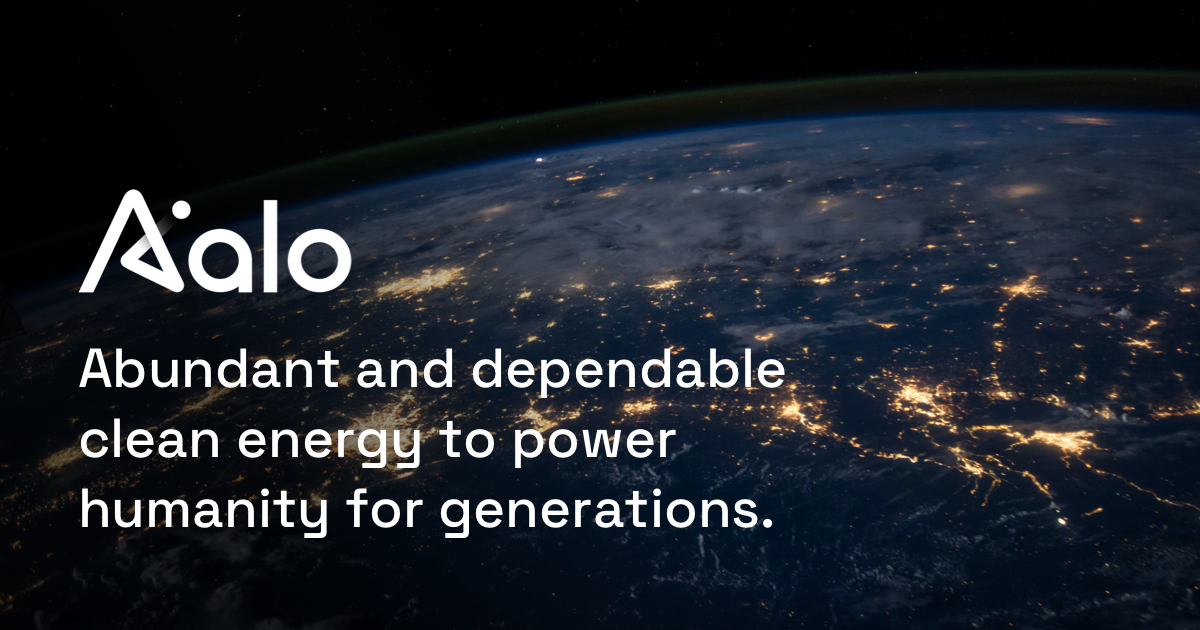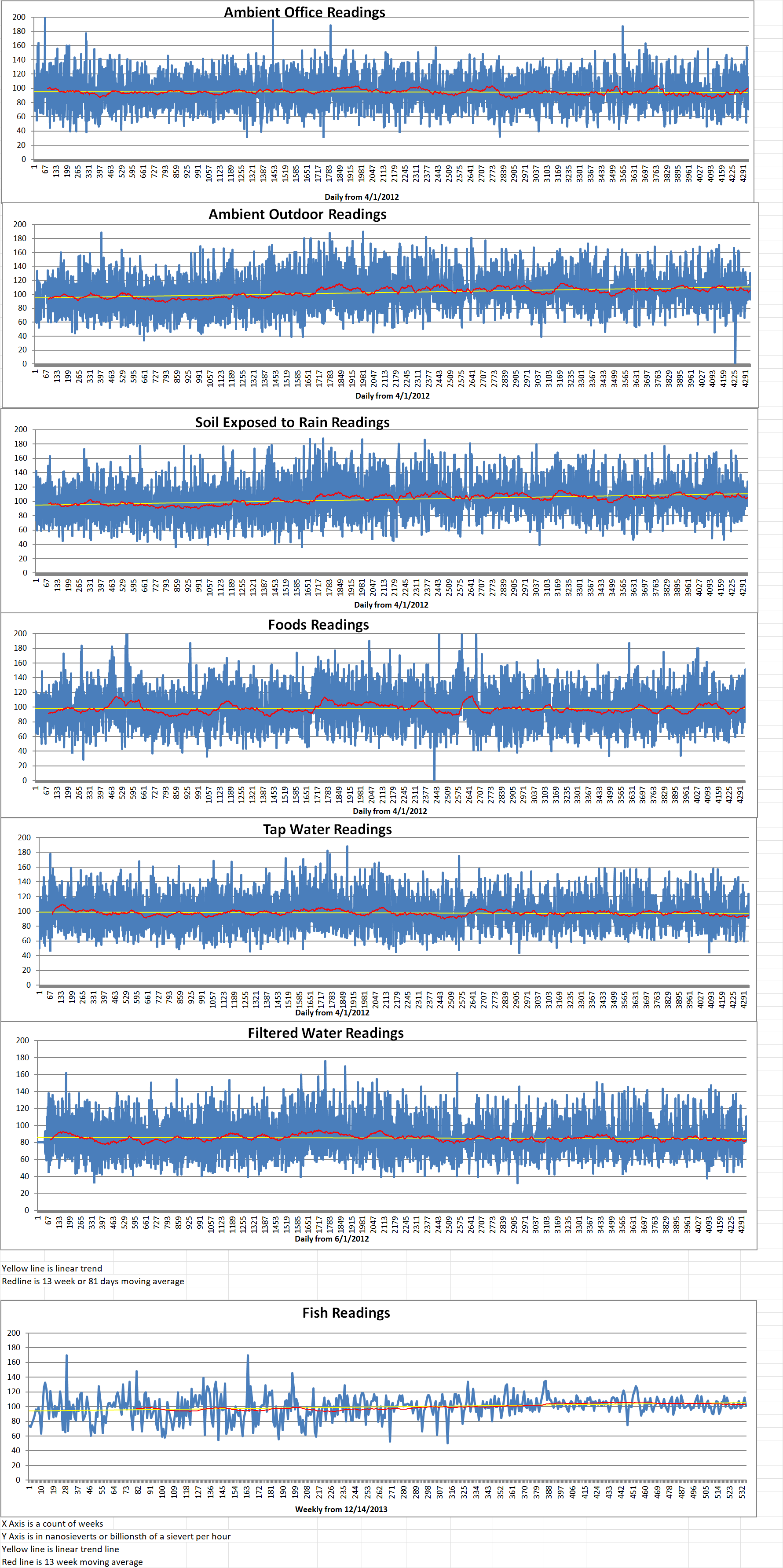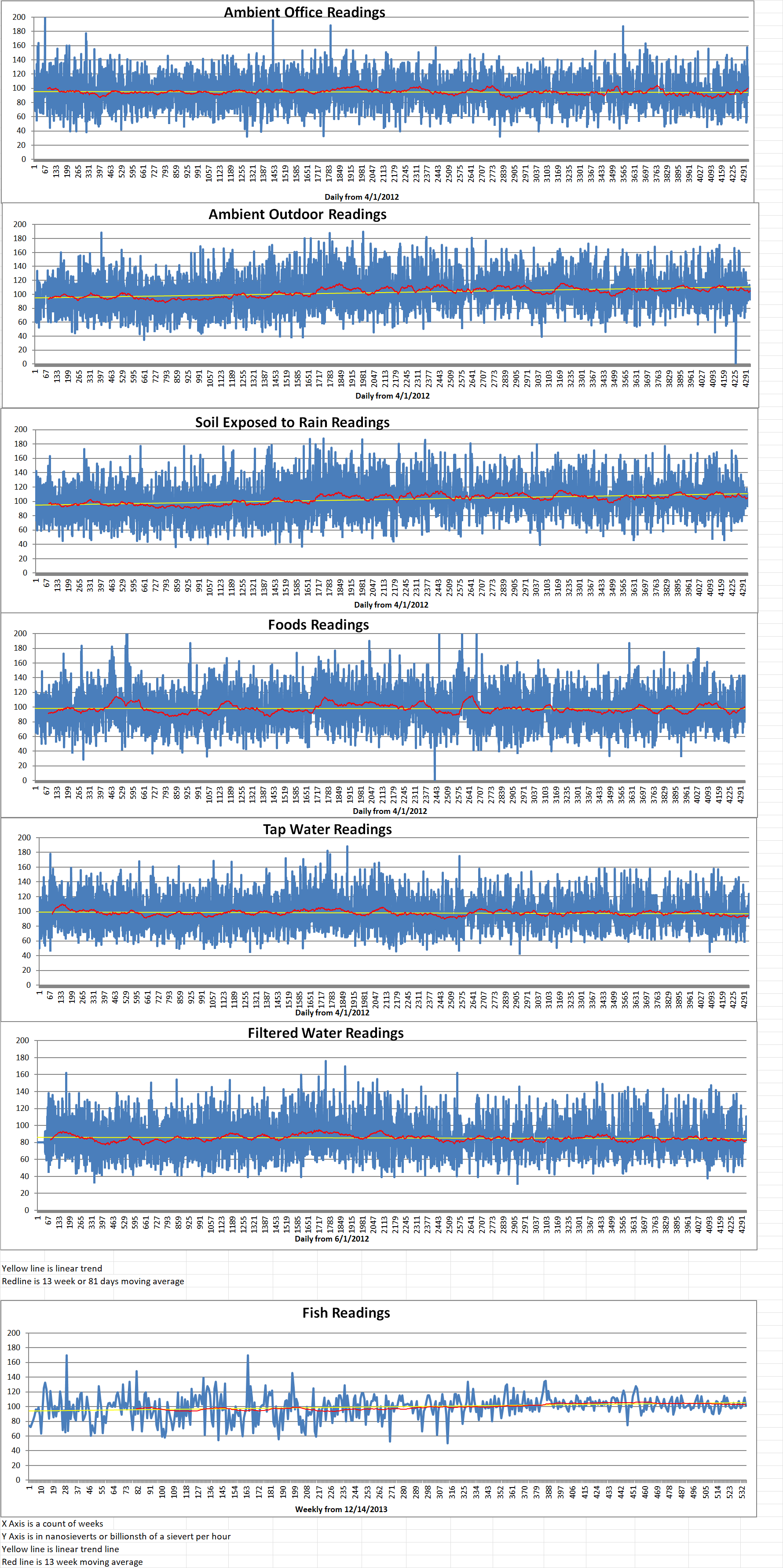U.S. developer Aalo Atomics has announced it is collaborating with Idaho Falls Power in a project intended to deploy seven factory-built Aalo-1 microreactors, totaling seventy-five megawatts of generation. Microreactors typically have a twenty megawatt or less capacity.
Yasir Arafat is the Aalo Chief Technical Officer. He said that the Aalo-1 microreactors will be built at the company’s reactor factory and headquarters in Austin, Texas. “The reactors for this project could be the first factory-built commercial microreactors in this country. This approach will allow significantly higher predictability in quality, cost, and schedule than today’s large-scale plants, which, at best, take nearly a decade to build.”
Aalo said that its Memorandum of Understanding (MoU) with Idaho Falls Power will deliver clean, dependable power to the city of Idaho Falls. It will “open the door for surrounding communities to harness the benefits of advanced nuclear technology”. Idaho Falls Power will use part of the microreactors’ output. The remaining power will be made available to surrounding municipalities and other commercial firms.
Municipal electric utility Idaho Falls Power currently owns and operates five hydropower plants along the Snake River. These plants provide about one-third of the electricity used in the city of Idaho Falls. It also owns a “small” solar installation but buys most of the balance of its power from the Bonneville Power Administration. The utility stated that it is “negotiating a power purchase agreement with Aalo Atomics” under which Aalo would lease land for the life of the project, up to 80 years, at Idaho Falls Power’s new Energy Research Park. Aalo recently began construction of a seventeen and a half megawatt natural gas plant at the Park.
Aalo said its choice of Idaho Falls was strategic, building on the area’s rich history of nuclear innovation and ongoing development, and strong public support for nuclear power projects.
Earlier this year, Aalo announced it had completed the design of the Aalo-1 which is a factory-fabricated ten-megawatt sodium-cooled microreactor using uranium zirconium hydride fuel elements. Aalo is working on the construction of a non-nuclear test reactor (Aalo-0), at its Austin HQ. It plans to build its first nuclear reactor called the Aalo Experimental reactor (Aalo-X) at the Idaho National Laboratory as part of its phased approach to development and deployment.
In line with this development philosophy, the MoU between Aalo and Idaho Falls Power stipulates that the project can only proceed to full construction once specific cost and uncertainty milestones are met, Aalo said. This will protect both parties from potential setbacks. Aalo is also considering other parallel commercialization paths.
Matt Loszak is the Aalo CEO. He said that “This phased approach allows us to minimize risks while still pushing the boundaries with new nuclear technology We’ve built in multiple layers of risk reduction so that both partners can move forward with confidence.”
Aalo added that it was moving forward with plans to secure regulatory approval from the US Nuclear Regulatory Commission. The Idaho Falls project is “slated to go online before the end of the 2020s”, although Idaho Falls Power has said the project “is not expected to come online before 2030.”





